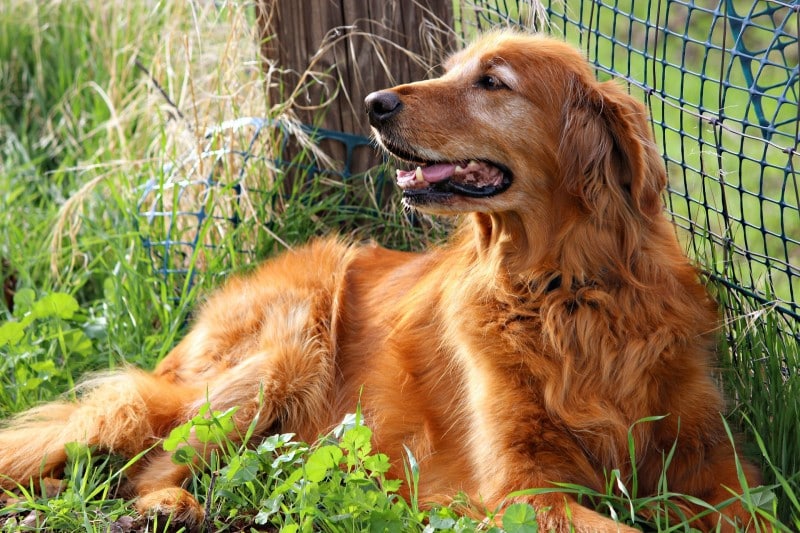
Dogs are great companions. They’re by your side for all of life’s little moments — their head buried in your lap while you watch tv, their excited yelp from the back seat of the car when they realize you’re almost at the dog park. But dogs are only able to share their lives with us for a short time. That’s why the health of your pet is an important consideration. Like a human, a dog needs to follow a healthy diet, get regular visits to the veterinarian, go for the occasional run, and even have health insurance. While this will help you make your dog’s life a little happier, maybe a little longer, it’s not the fountain of youth. You are still likely to outlive your furry friend.
Let’s take a look at a few dog breeds and their life expectancy:
Afghan Hound: life expectancy 12 years

The long flowing hair of the afghan hound definitely provides a stately appearance. It’s good with other dogs and people. It was bred to chase down prey, though, so you’ll need to give it some room to run around. You’ll also own the same dog as Pablo Picasso, according to the American Kennel Club.
Australian Shepherd: life expectancy 12-15 years
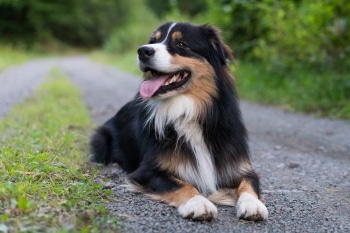
These dogs are known for their agility and have a medium size build. They also require a lot of physical and mental energy. Shepherds are friendly, but can take some time to warm up to strangers. And while its name might have you thinking its from the land down under, some actually think the breed originated from Turkey around 5,000 years ago.
Boxer: life expectancy 10-12 years

Appearing beside Tom Hanks in Turner and Hooch brought this floppy-checked dog into the hearts of people everywhere. The Boxer is very muscular and has a large chest, but don’t let its appearance fool you. These dogs are just as loyal as any other. They tend to be healthy, but, like any breed, look for things like cardiomyopathy and hypothyroidism.
Chihuahua: life expectancy 12-20 years

If you’re looking for a dog that just might live longer than you than this unassuming little guy is the one. These dogs are great for apartments, but they need to be monitored around other dogs and are best around older children. While it does live a long time it has been known to suffer from some ailments like keratoconjunctivitis sicca, hypoglycemia, pulmonic stenosis, patellar luxation, and hydrocephalus, according to PetMD.
German Shepherd: life expectancy 9-13 years
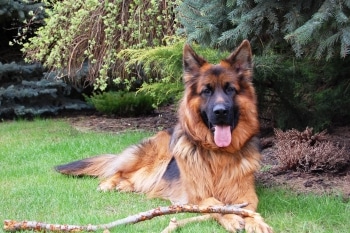
The AKC’s second most popular dog breed is often seen as a working professional in roles in both law enforcement and the military. It is also a family dog, though. These dogs are good around children and good at picking up training. They’re generally health, but owners should watch for hip and elbow dysplasia and eye disease.
Golden Retriever: life expectancy 10-12 years
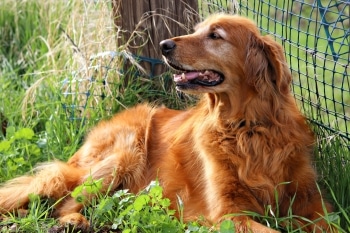
These dogs are instantly recognisable and some of the most intelligent pups out there. The long hair on the golden will need occasional grooming and will shed seasonally. This dog is friendly with just about everyone, though, from other dogs to children. Some health considerations for golden retrievers include hip and elbow dysplasia, eye disease and cardiac disease.
Greyhound: life expectancy 10-12 years
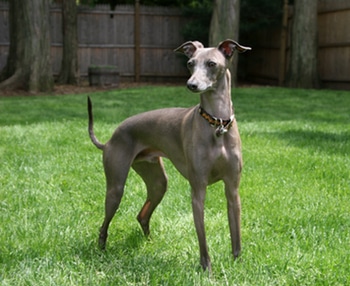
These long and lean animals are known for their speed, reaching 45 mph in 30 feet. But they can also be relaxed house dogs that are loyal to their owners. They will need a large area to run around in for exercise, but it’s known as a gentle animal. Owners of greyhounds should know the symptoms of Gastric torsion and bloat, which are life threatening and can affect this breed.
Jack Russell Terrier: life expectancy 13-16 years
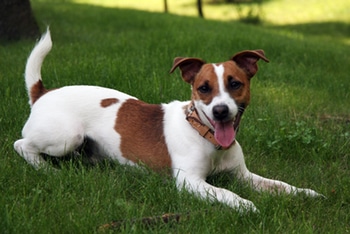
Tipping the scales at between nine and 15 pounds this is a small working dog with the attitude and energy to match. They have a history of fox hunting. So unless you can give this dog a lot of exercise then it might not be the one for you. But if you can then you’ll have an inquisitive and friendly companion. Jack Russell owners should look out for patellar luxation, deafness and eye disease.
Mastiff: life expectancy 10-12 years
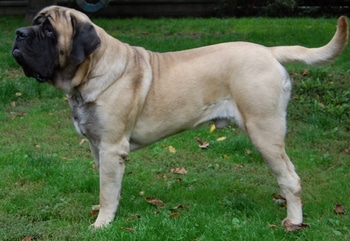
You’ll need some room for this breed to spread out — they’re huge. Standing up to 30 inches tall with males reaching up to 120 pounds, these dogs might take up the entire couch and then some. But these lovable giants are good with families. The were bred for guarding buildings and are known to be loyal animals. But owners should consider health challenges like bone cancer, lymphoma, Canine Multifocal Retinopathy (CMR) – retinal folds, Cystinuria can cause kidney stones in intact males, hip or elbow dysplasia and Progressive Retinal Atrophy.
As you can see these animals have a lot of positive attributes from their high energy to their lovable attitudes. But you have to be prepared to care for their health and know how long your dog will be part of the family.





